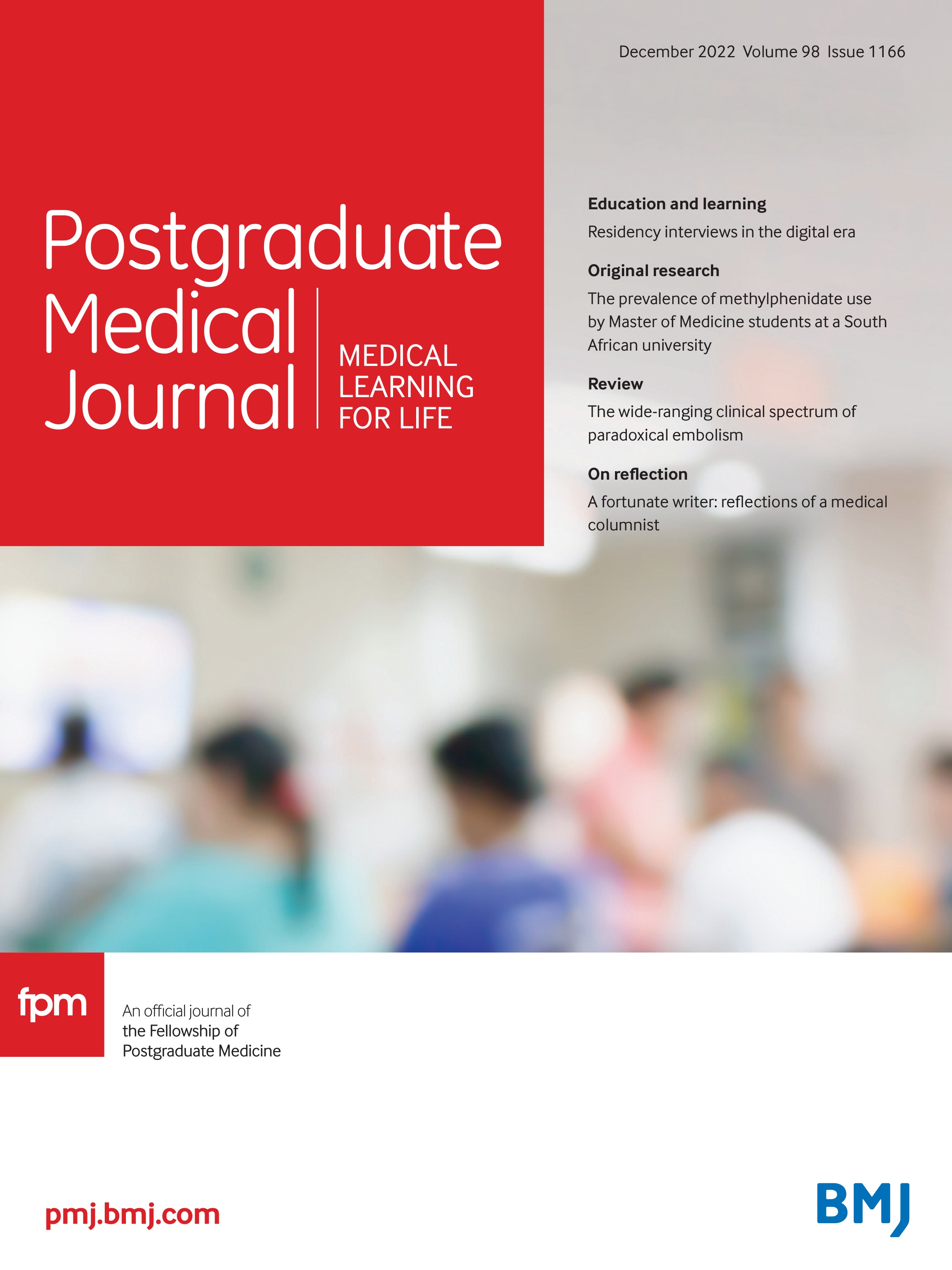Hyperkalemia is a troublesome complication in diabetes which may present in early stages of diabetic kidney disease. Hyperkalemia is often defined as serum potassium more than 5.5 mmol/L, but some studies even suggest serum potassium above 5.0 mmol/L should qualify for hyperkalemia.1 Not only does it have cardiovascular implications with predisposition to cardiac arrhythmia but it also precludes the use of drugs known to prevent the progression of renal disease in diabetes including ACE/angiotensin receptor blocker (ARB) and mineralocorticoid receptor antagonist. Other drugs like trimethoprim, which is used for urinary tract infection, and heparin (especially the unfractioned form) may also be associated with hyperkalemia.2 Prevalence of hyperkalemia in diabetics with normal renal functions is difficult to interpret as serum creatinine is not the ideal marker to assess kidney function. In one study among 1764 patients attending diabetic clinic over 12 months, 15% of patients reported to have potassium >5.0 mmol/L, which is clearly higher than the general population.1 We discuss here the mechanisms that may cause hyperkalemia in diabetes, which bears a significance on the management of this disorder.
Why does hyperkalemia occur in diabetes?
(1) Hyporeninemic hypoaldosteronism
Classically, diabetes is known to be associated with hyporeninemic hypoaldosteronism, which may lead to hyperkalemia out of proportion to renal failure.3 Various mechanisms postulated for hyporeninemic hypoaldosteronism in diabetes are illustrated in algorithm 1.4 (figure 1)
The mechanism which may lead to hyporeninemic hypoaldosteronism in diabetes.
(2) Sodium absorption via proximal tubule and electroneutral pathways
The …


